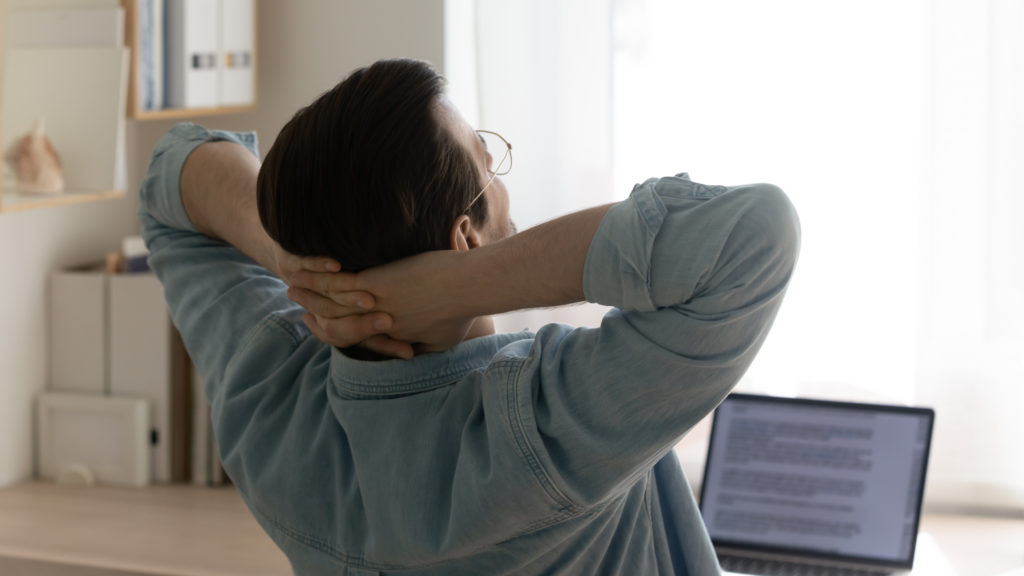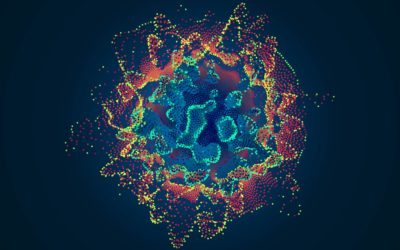Quick Hits
Daily brief research updates from the cognitive sciences
 We all know that taking breaks is good for our brain and wellbeing – in fact we absolutely need to take breaks. It is just the way our brain and body is designed.
We all know that taking breaks is good for our brain and wellbeing – in fact we absolutely need to take breaks. It is just the way our brain and body is designed.
But oftentimes in the workplace this can be challenging – we get stuck into piles of work and our attention is constantly pulled in different directions. We may also feel we do not have the time for a break with work to be done and deadlines looming. I know that feeling well.
Enter the micro-break. The term micro-break has now entered the world of research and refers to short breaks – less than 10 minutes according to many studies but often as short as one minute. The idea is that a micro-break is precisely that, micro, short, and doesn’t interrupt workflow for too long, or can be completed quickly.
Interestingly there is some research to show that we tend to automatically increase our micro-breaks when fatigued. This can be getting a cup of tea/coffee a visit to the toilet, or a simple stretch and look out of the window.
The results into micro-breaks are generally positive but are they consistent? Enter Patricia Albulescu et al. who have just conducted a review of 22 studies from the last 30 years. These included multiple variations of micro-breaks: different work settings, in controlled experiments, different types of breaks, and at different lengths.
The results were interesting – some intuitive and some counterintuitive.
First off, they found that micro-breaks increased vigour and decreased fatigue. That’s a very good thing: higher energy and lower tiredness. Therefore, a clear correlation with improved wellbeing.
However, on first glance the data didn’t show any increase in performance. But on second look they found that there was a link to better performance with creative or clerical tasks and here the longer breaks were more effective. This did not translate to cognitive demanding tasks.
This may seem counterintuitive but shows that a short break from monotony or creative tasks can really help but that demanding cognitive “heavy lifting” type of tasks seem to require more recovery. This is actually logical.
What this therefore shows is that micro-breaks should be a part of a daily work routine for many, if possible. They contribute to increasing energy and reducing fatigue. But be aware that longer breaks are also necessary to reset cognitive functions. Note also that combining this with exercise can be highly beneficial. One of my top tips is take a 3-minute walk every 45 minutes.
This is because light activity, and particularly walking, can also contribute to cognitive function and health – multiple short walks are as beneficial to health as a few longer walks. And that ain’t bad either.
I also wonder how much of this is contribution to the sense of comfort, energy, and motivation with working virtually or work from our home offices. Micro-breaks are easier and more common in the home environment is my intuition and therfore contributes to the comfort (amongst other factors).
But for now, remember that micro-breaks are good for you. So don’t feel guilty about it. Rather make this a fixed part of your workday!

Andy Habermacher
Andy is author of leading brains Review, Neuroleadership, and multiple other books. He has been intensively involved in writing and research into neuroleadership and is considered one of Europe’s leading experts. He is also a well-known public speaker, speaking on the brain and human behaviour.
Andy is also a masters athlete (middle distance running) and competes regularly at international competitions (and holds a few national records in his age category).
Reference
Patricia Albulescu, Irina Macsinga, Andrei Rusu, Coralia Sulea, Alexandra Bodnaru, Bogdan Tudor Tulbure.
‘Give me a break!’ A systematic review and meta-analysis on the efficacy of micro-breaks for increasing well-being and performance.
PLOS ONE, 2022; 17 (8): e0272460
DOI: 10.1371/journal.pone.0272460
More Quick Hits
Your brain on near-death experiences
Near-death experiences have fascinated many people ever since they have been reported. And these experiences guide our view of how we die: the memories of your life passing in front of your eyes, the tunnel of light, the floating movement towards a bright light....
Social networks grow your brain
The headline is a bit “click baity” but it is what a group of researchers found. To be more specific they found in macaques (cute monkeys) in the wild that having more grooming partners grew different regions of the brain. Grooming is the primate version of having a...
What do creative brains look like?
We’d probably all be happy to be a bit more creative — though research into our own opinions show that many people do actually consider themselves to be above average in creativity. An obvious self-bias. This is where scientists who study creativity come in and find...
New gender biases discovered
There have been many studies on gender biases, and I have followed, written, and spoken about many of these biases over the years (over a decade actually) but two studies have just come out that caught my eye. One out of New York University focused on gender natural...
Growth of your brain over your life
So, we all know that our brain grows very quickly as babies and children and then after a certain age, younger than some of us may like to think, there begins a slow decline. But precisely what and how is the question. Well, this is a question that an international...
How to reduce loneliness
I have reported multiple times on loneliness during the pandemic – mostly because interest and research into loneliness has taken a large uptick. I have also reported on how to combat this and was happy to see that a piece of research just out proved what I had...






